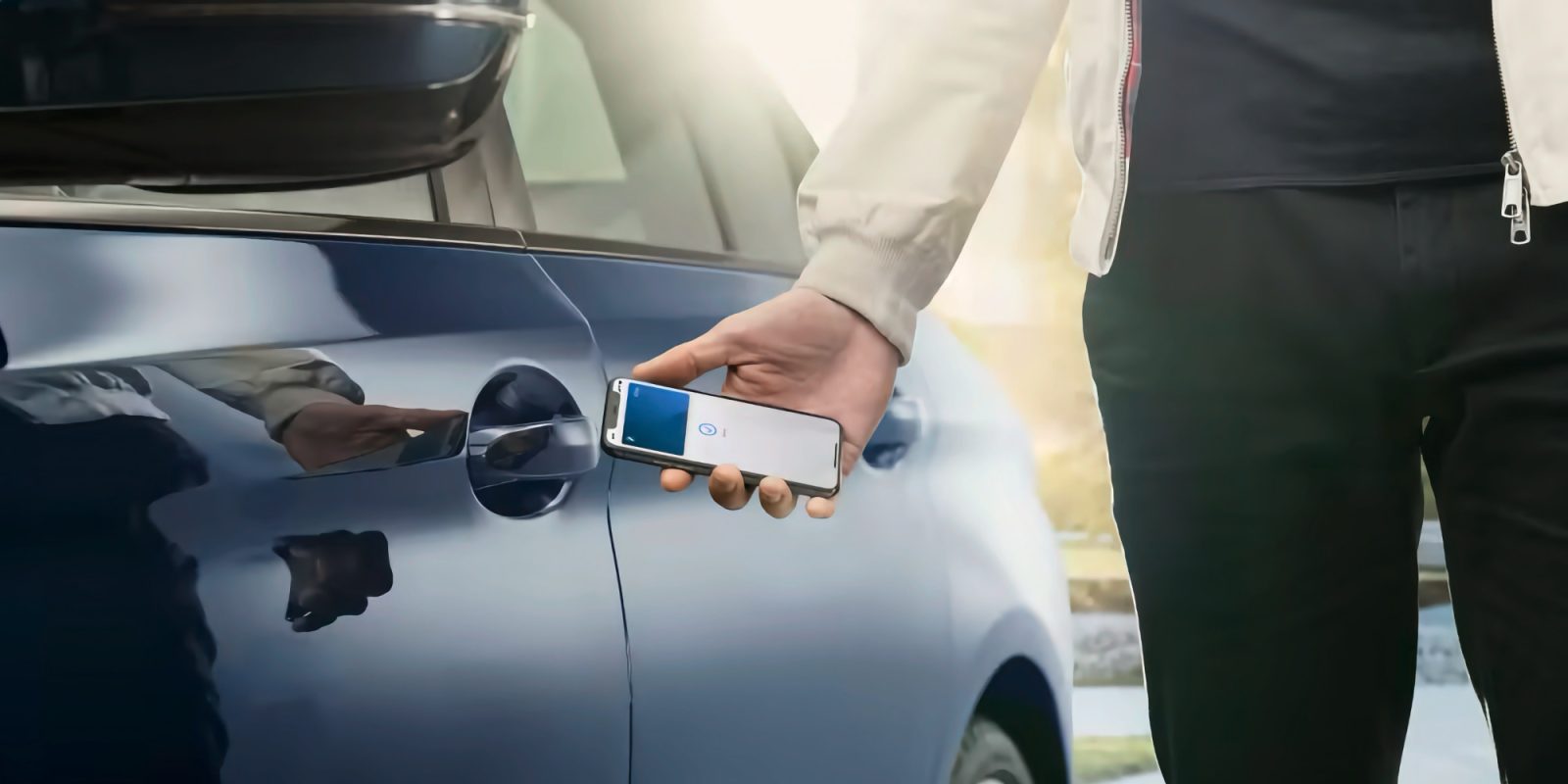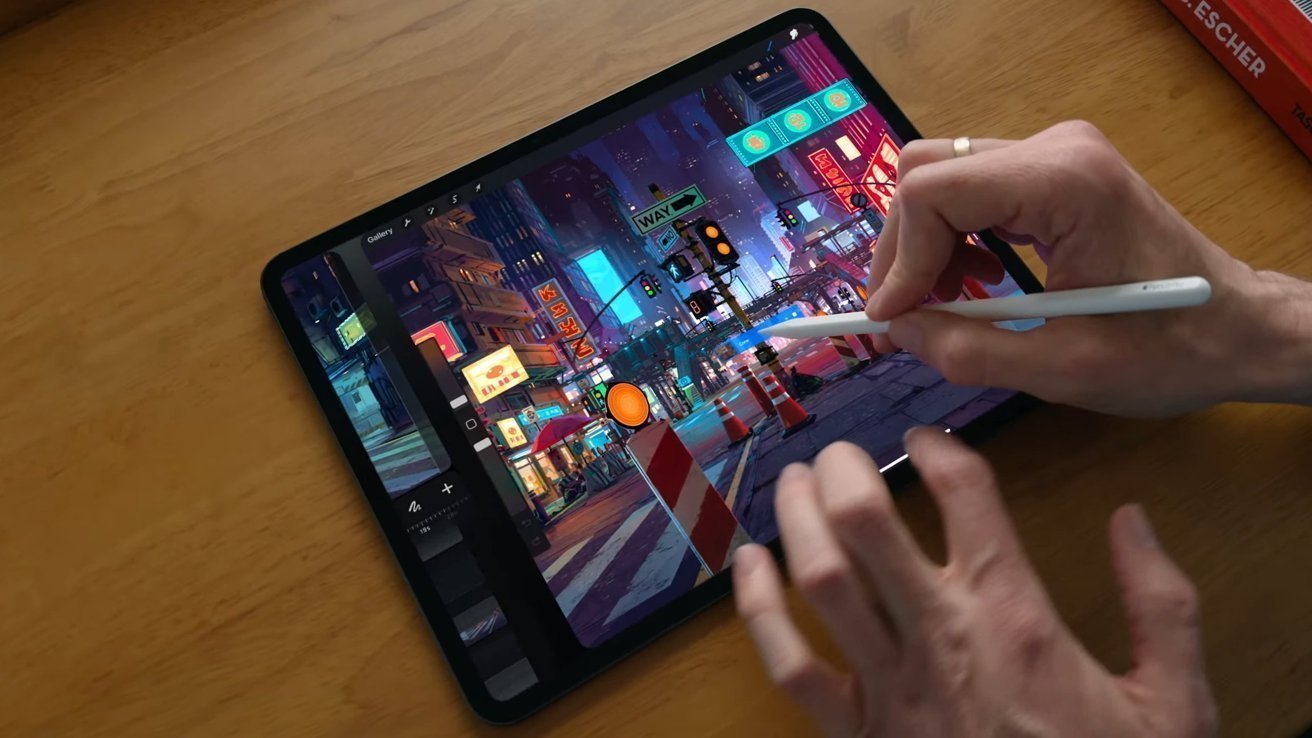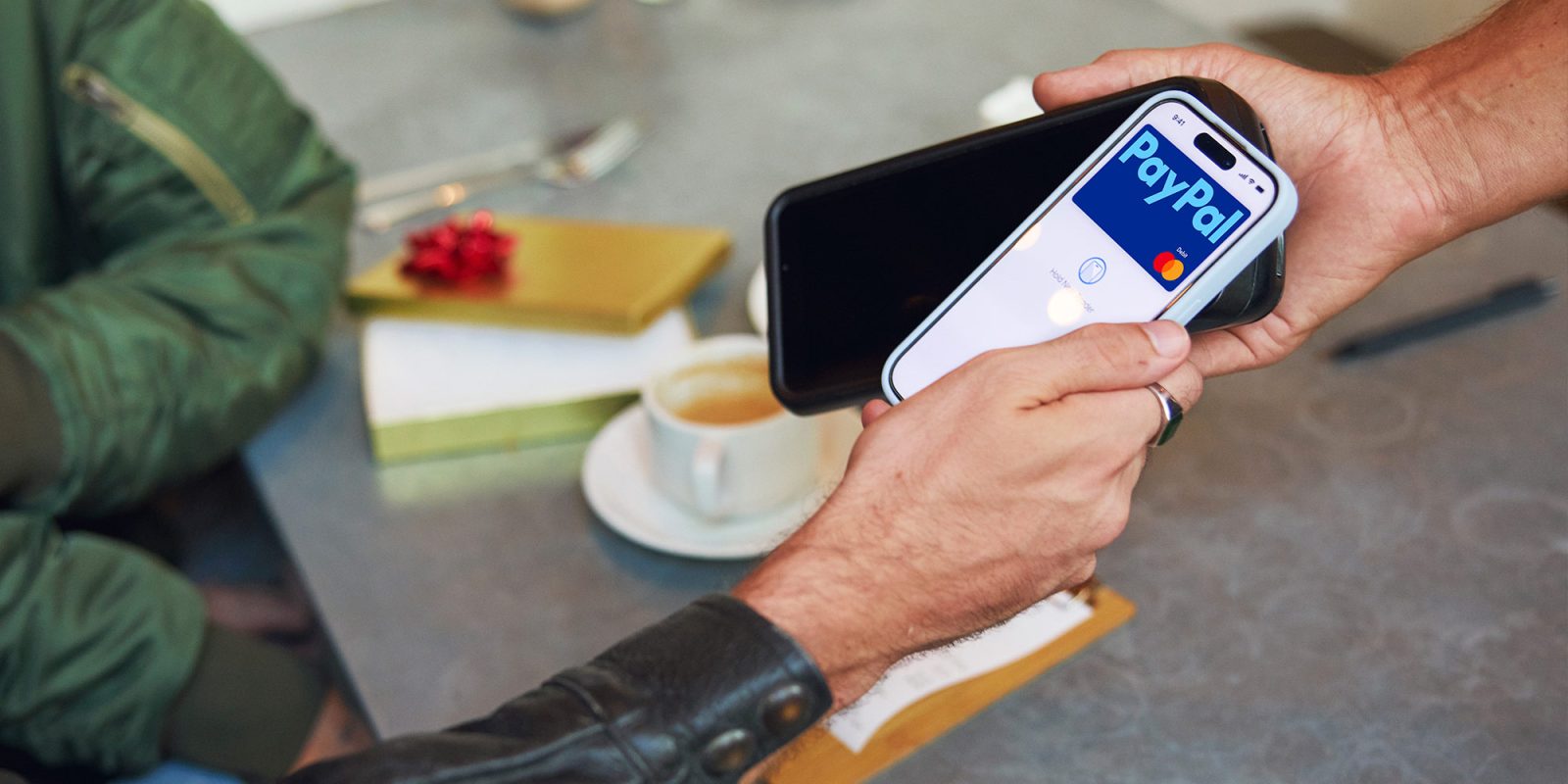Apple’s innovative Car Key feature, which allows users to lock, unlock, and start their vehicles using an iPhone or Apple Watch, is set to extend its compatibility to select General Motors (GM) vehicles. This development follows the discovery of backend code indicating Apple’s preparations to integrate GM models into the Apple Wallet’s Car Key functionality.
Background on Apple Car Key
Introduced in 2020, Apple’s Car Key feature leverages Near Field Communication (NFC) technology to enable seamless vehicle access and operation through Apple devices. Users can store digital car keys in the Wallet app, facilitating keyless entry and ignition. The feature also supports Express Mode, allowing users to access their vehicles without unlocking their devices or authenticating via Face ID, Touch ID, or a passcode. Additionally, car keys can be shared with others through messaging apps like Messages, Mail, and AirDrop.
GM’s Integration into Apple Car Key
During the Worldwide Developers Conference (WWDC) earlier this year, Apple announced that 13 new automakers had committed to adopting the Car Key feature. Among these manufacturers are GM’s prominent brands: Cadillac, Chevrolet, and GMC. Recent code discoveries suggest that Apple has added settings for GM vehicles to its internal list of Car Key-compatible models, indicating that support for these vehicles could be imminent.
Specific Models and Availability
While the exact models set to receive Car Key support have not been fully disclosed, certain vehicles are confirmed to include this feature:
– 2026 Chevy Silverado EV: This electric pickup truck is slated to offer Digital Key functionality, though it will not be active at the start of production. Feature availability is expected at a later date.
– 2026 GMC Sierra EV: Similar to the Silverado EV, this model will include Digital Key support, with activation anticipated post-production commencement.
As for Cadillac, none of the latest 2026 model-year vehicles, including the CT4, CT5, Escalade IQ, Escalade IQL, Lyriq-V, or Vistiq, are currently listed as supporting the Digital Key feature. However, this may change as GM continues to expand its digital offerings.
Implementation and User Experience
To utilize the Car Key feature, users will need a compatible GM vehicle and an iPhone XS or later, or an Apple Watch Series 5 or later, running the latest versions of iOS or watchOS, respectively. The setup process involves:
1. Association with Manufacturer’s Account: Ensure the vehicle is linked to the account provided by the car’s manufacturer.
2. Adding the Car Key to Apple Wallet: Open the car manufacturer’s app, email, or text message, or use the car’s display to set up the key. Follow the on-screen instructions to add the key to the Wallet app.
3. Pairing the Device with the Vehicle: If prompted, place the top center of the iPhone on the key reader while the device and car pair.
Once set up, users can lock, unlock, and start their vehicles using their Apple devices. The functionality may vary depending on the car’s configuration, with some models supporting passive entry, allowing the car to unlock automatically as the user approaches with their device.
Security and Sharing Features
Apple’s Car Key feature includes robust security measures:
– Express Mode: Enabled by default, this mode allows users to access their vehicles without additional authentication, streamlining the user experience.
– Sharing Digital Keys: Users can share their car keys with others via AirDrop or messaging apps. Permissions can be managed, and activation codes can be required for added security.
– Power Reserve: Certain iPhone models support power reserve, enabling car key functionality even if the device needs to be charged.
Future Outlook
The integration of GM vehicles into Apple’s Car Key ecosystem signifies a broader trend of automotive manufacturers embracing digital solutions to enhance user convenience and security. As technology continues to evolve, the collaboration between tech companies and automakers is expected to yield more innovative features that redefine the driving experience.



